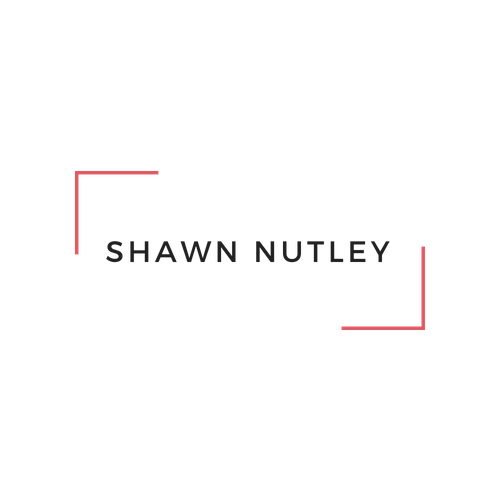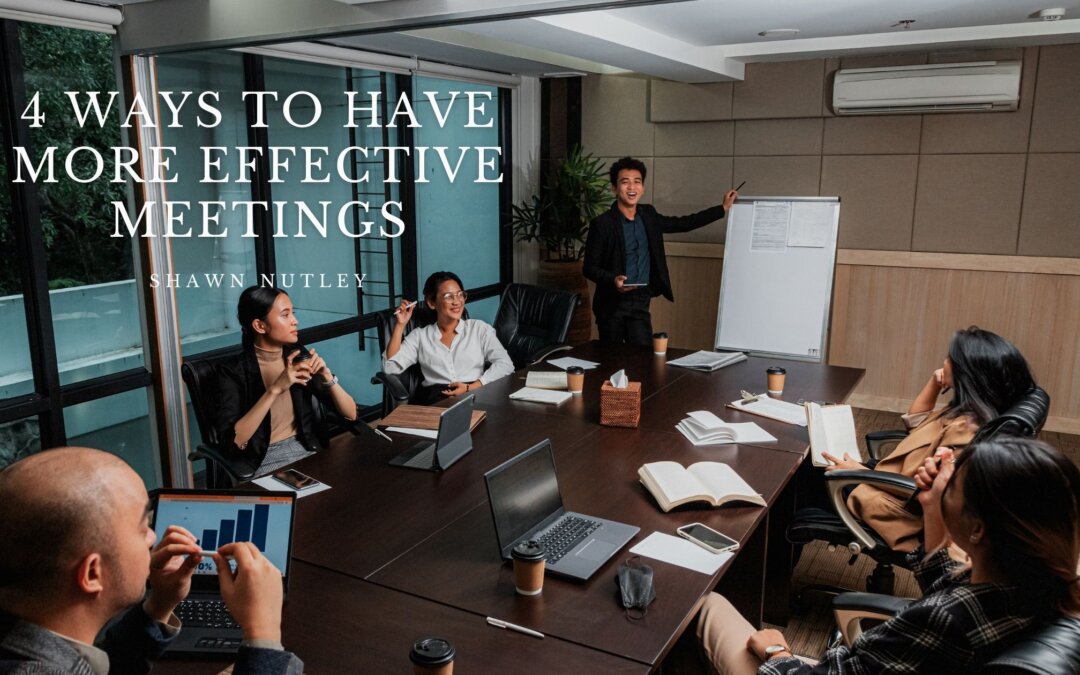Meetings are a ubiquitous part of modern work culture. Whether a brief team huddle or an extensive board meeting, these gatherings can foster collaboration, spark innovation, and drive decision-making. However, meetings can often feel unproductive, drawn-out, or even unnecessary. Ensuring that meetings are effective is crucial to save time, boost morale, and achieve desired outcomes.
Clear Objectives: Know the ‘Why’ Before the ‘What’
Purpose Over Process: Before scheduling a meeting, ask yourself: “Why is this meeting necessary?” Every meeting requires a clearly defined purpose: problem-solving, decision-making, or information dissemination. Without a clear objective, meetings can quickly veer off track, wasting valuable time and energy.
Agenda is King: Once you’ve identified the purpose, craft a precise agenda. Distribute this agenda to participants ahead of time, allowing them to prepare. Stick to the agenda during the meeting and ensure that discussions remain relevant to the listed points. This step alone can drastically reduce meeting durations and enhance focus.
Time Check: Allocate specific time slots for each agenda item. This ensures that all points get covered and instills a sense of urgency, making discussions more concise and to the point.
Right Participants: Less Can Often Be More
Relevance Rules: Not every team member needs to attend every meeting. Evaluate who genuinely needs to be in the room. Reducing the number of participants can streamline conversations and reduce potential distractions.
Roles and Responsibilities: Clearly define roles for each attendee. Who is the decision-maker? Who is there to provide input? Who are the stakeholders who need to be informed? Knowing one’s role in the meeting can guide participation and maintain meeting direction.
Empower Attendees: Encourage open dialogue and ensure everyone feels comfortable sharing their viewpoints. The more engaged the participants, the more fruitful the meeting will be.
Embrace Technology, but Wisely
Virtual Platforms: In an era of remote work, tools like Zoom, Microsoft Teams, and Google Meet have become indispensable. These platforms offer features like screen sharing, virtual whiteboards, and breakout rooms, enhancing collaborative possibilities.
Distraction Deterrents: While technology can facilitate meetings, it can also be a source of distraction. Encourage participants to mute notifications, close unrelated tabs, and stay present. If video conferencing, ask attendees to keep their cameras on to promote engagement.
Digital Tools for Efficiency: Use tools like Trello or Asana for task tracking during project meetings or employ digital timers to keep track of agenda item durations. Incorporate apps like Mentimeter or Slido to gather real-time feedback or poll attendees.
Follow-up and Feedback Loop
Meeting Minutes: Assign someone the responsibility of taking notes during the meeting. Distributing minutes post-meeting serves as a record of decisions made, actions to be taken, and responsibilities assigned.
Action Items and Deadlines: Clearly articulate the following steps, allocate responsibilities, and set deadlines before concluding the meeting. This clarity propels action post-meeting and ensures accountability.
Feedback is Gold: Regularly solicit feedback about meeting efficacy. This can be done informally or through structured surveys. Understanding what’s working and what’s not can help refine your meeting process, making each gathering more efficient than the last.
Effective meetings are not just about making optimal use of time; they are about enhancing collaborative energy, ensuring clarity of purpose, and driving action. By instilling purpose, choosing the right participants, wisely integrating technology, and incorporating a robust feedback mechanism, meetings can evolve from often-dreaded events to powerful catalysts of organizational achievement. As the famous adage goes, “Time is money.” In the realm of meetings, this couldn’t be more accurate. Investing effort into making meetings more effective is not just a choice; it’s a necessity in today’s fast-paced business landscape.

